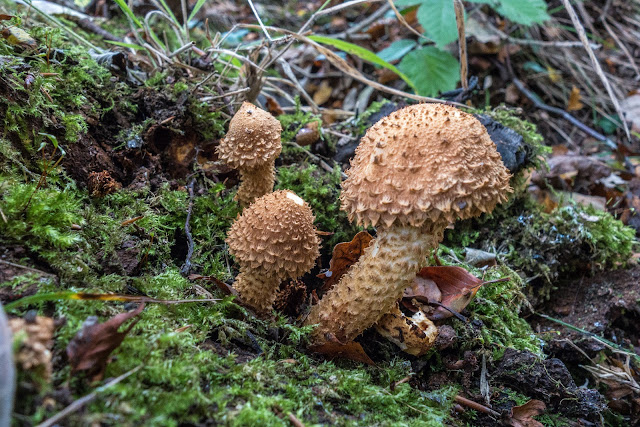Exploring in the the Forest of Dean

Friday started dull and misty (again) despite a forecast of sunshine, so we delayed going out until 10:30 when we headed for the Forest of Dean. Had a bit of a wander along the Sculpture trail before heading to Beechenhurst Lodge for lunch and a coffee. Beechenhurst Lodge (formerly the site of Speech House Colliery, closed around 1906) is now the ideal base for a family day out, the sculpture trail being only of many family orientated activities you can pursue from here. Very difficult to visualise the area once being an active coal area. Freckled Dapperling (Lepiota aspera) We had hoped to see more fungi in the forest as well as more Autumn colours, so it was a bit disappointing to find almost no fungi, apart from this one. As for autumn colours, they were not as apparent as at home. Dor beetle (Geotrupes vernalis) spotted by Rosey. It is a beetle neither of us had photographed before. Since 1984 The Forest of Dean Sculpture Trust has raised fun...




